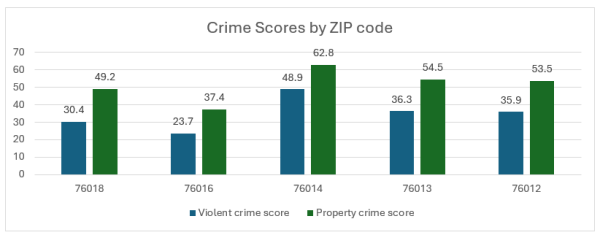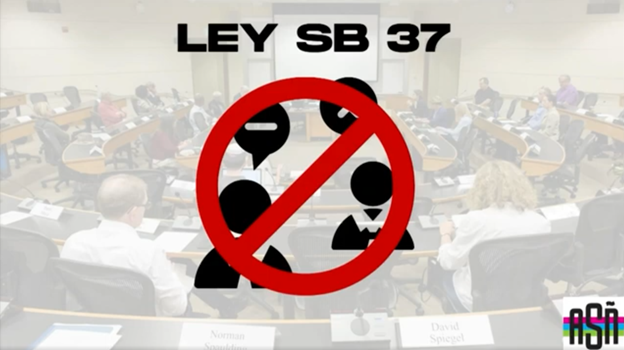ARLINGTON, Texas—Although high school graduation rates can be impacted by a variety of factors, a dive into the Texas Academic Performance Report for 2022-2023 suggests that a school’s ZIP code can be a predictor of academic success.
According to the report, compiled by the Texas Education Agency and providing figures for 2022, only two ZIP codes in Arlington enjoyed a graduation rate of 90% or higher. Those ZIP codes are 76018 to the south—which is home to the Arlington Collegiate High School and its 99% graduation rate and Bowie High School and its 93.7% graduation rate—and 76016 in the southwest, home to Martin High School and Arlington College and Career High School. Martin had a graduation rate of 94.3%. The Arlington College and Career High School opened in 2019 and did not have its first graduating class until 2023.
Heading north from 76018 on the other side of Interstate 20 is 76014, home to Sam Houston High School, which recorded a graduation rate of 80.1%. The 76012 and 76013 ZIP codes both hover in the high 80s for their graduation rates. The 76012 ZIP code includes Lamar High School and Turning Point Secondary School. Lamar had a graduation rate of 87.6, while no graduation data was available for Turning Point.
One factor that didn’t appear to impact graduation rate is race. While the race profile was different for each ZIP code, there was no set of trends that indicates race affects graduation rates. ZIP codes 76012, 76013 and 76016 all have in common a majority white population, for example, yet they have varying graduation rates. On the other hand, ZIP code 76018 is the most diverse ZIP code and shares the second highest graduation rate.
Something that did appear to impact graduation rates was the average number of students that were considered economically disadvantaged within a ZIP code. Generally, a higher percentage of economically disadvantaged students is associated with lower graduation and higher dropout rates.
Leonardo Sanchez is a teacher in North Texas with more than five years of experience. His time spent teaching allows him to notice trends within his school, Nimitz High School, in Irving. Nimitz has a graduation rate of 96% even though it shares similar stats with the 76014 ZIP code in Arlington. Some 84.5% of students at Nimitz are considered economically disadvantaged.
Sanchez said that economic disadvantages come with a constellation of issues that can impact learning.
“Hygiene is a big one,” Sanchez said.
Students who don’t feel clean may be less inclined to actively participate in class, especially if other students criticize them. Sanchez said he’s also had students that have gone temporarily homeless.
“When you lose your home it’s hard to find focus at school,” Sanchez said. “They have bigger things to worry about. It’s more than just a money thing too—family is a big deal.”
English proficiency also appears to have an impact on graduation rates. Generally, ZIP codes with a larger number of students with limited English proficiency correlated with a higher drop out rate. This is a trend Sanchez has noticed within Nimitz.
“As the grade level increases, English speakers become much more common,” Sanchez said. “Students either end up learning it or just drop out.”
Crime is another factor that appears to have an impact on graduation rates.

Arlington’s 76016 ZIP code is the only one with a violent and property crime score that is on par with the U.S. average of 22.7 and 35.4, respectively. Intriguingly, 76016 is also the ZIP code that enjoys the lowest drop out rate in Arlington at 1.6% while also boasting the second highest graduation rate. Scores are on a scale of 0-100, with the higher number indicating more crime.
By comparison, every other Arlington ZIP code’s crime score was higher than the national average. For example, the 76014 ZIP code had the highest scores for both violent and property crime. Not surprisingly, 76014 also had the highest dropout and lowest graduation rates.
“Crime affects community, and school is part of the community,” Sanchez said.
The effects of crime ripple throughout a community and ultimately impact students, he said.
A ZIP code isn’t going to set one’s life path in stone, and data scientists warn of the dangers of assuming that correlations equate to causation. But examining ZIP code-level data can offer insights into challenges that might impact student academic achievement.




































